
The term ‘bird brain’ is used as dismissively to describe someone who’s not the sharpest tool in the shed, or in other words, isn’t very smart. It turns out, however, that the root of this idiom is completely wrong. Recent studies have found birds capable of making tools, understanding abstract concepts, and even recognize paintings by Monet and Picasso!
There is one eminent difference between the brains of birds and mammals, which have long puzzled scientists and turned the cognitive abilities mentioned above into a mystery. Avian brains lack a neocortex, which is the area of the mammalian brain where working memory, planning, and problem-solving happen. In a gross comparison, avian and mammalian brain structures have nothing in common, yet mammals and birds have many of the same cognitive abilities. How is that possible?
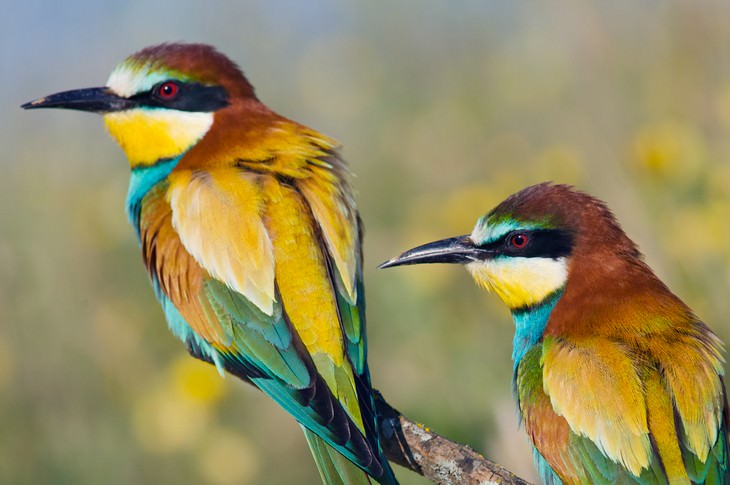
The question of how birds support mental talents that they’re supposedly not meant to have intrigued Martin Stacho, a neuroanatomist at Ruhr-University Bochum, so he decided to investigate the avian forebrain, which controls perception. Stacho and his team examined microscopic slices of three homing pigeon brains using 3D polarized light imaging. This high-resolution technique allowed them to analyze the circuitry of a forebrain region called the pallium, considered most similar to the mammalian neocortex.
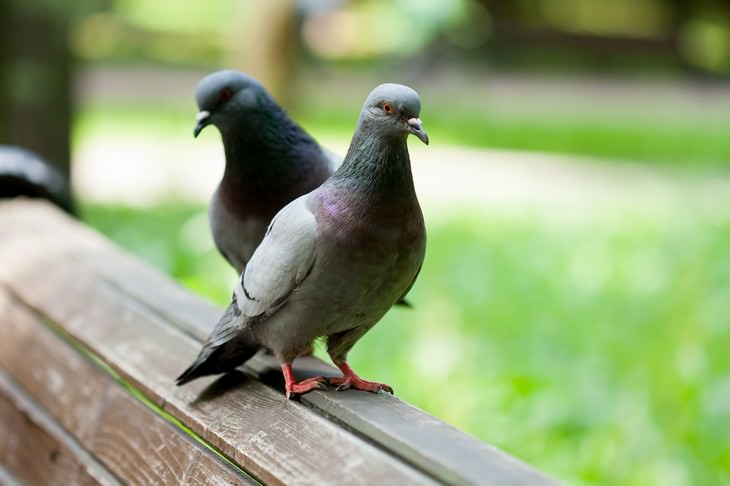
The scientist compared the images of the birds’ pallia with those of rat, monkey, and human cortices. The analysis revealed that the fibers in birds pallia are organized in a strikingly similar manner to fibers of mammals cortices. Moreover, when removing and analyzing the browns of deeply anesthetized pigeons and owls, the researchers discovered circuits in the sensory regions that were also similar to those found in the mammalian neocortex. It is this connection between the structures, rather than the structures themselves, that explain why birds are as cognitively able as mammals.
“Although bird and mammalian brains “look very different, this study shows us they are actually wired in very complementary ways,” said says John Marzluff, a wildlife biologist and specialist on crows at the University of Washington, Seattle (who is not involved in either study).
Does all that mean birds have an awareness of what they see and do? To put this fascinating question to the test Andreas Nieder, a neurophysiologist at the University of Tübingen, observed the brains of carrion crows (Corvus corrone) as they responded to cues. This bird species is known as ‘feathered apes’ for their high intelligence.
Nieder and his team trained two lab-raised, 1-year-old crows to move or stay still in response to a faint cue displayed on a monitor. When the birds were correct, they were rewarded. The scientists implanted electrodes in crows’ brains to record any neuronal signals as they reacted. When the birds were in action, their neurons fired, suggesting they had consciously perceived the cue; but when they didn’t, their neurons were silent.
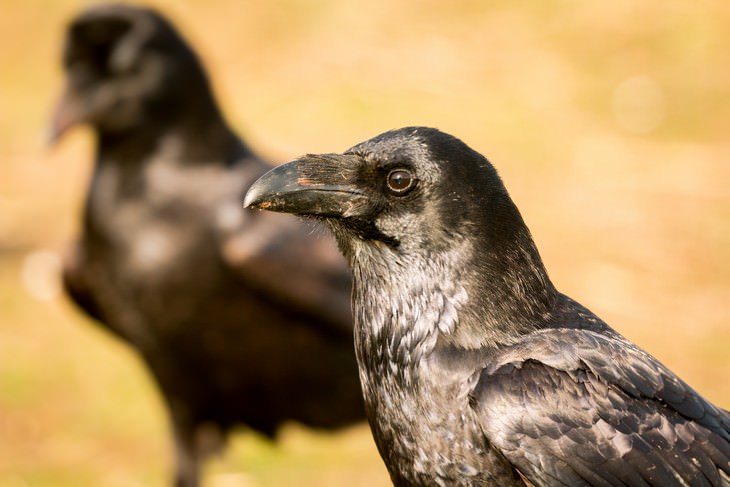
The meaning of consciousness, and whether it’s uniquely human, is of course a difficult and philosophical debate, but these recent findings are undoubtedly exciting. Stacho and Nieder add that the building blocks for mammalian and avian cognition may have been present in their last common ancestor, some 320 million years ago. While human and avian brains have obviously developed differently, it’s fascinating to see how similar they still are in their perceptual and cognitive abilities.
If you enjoyed this article, pass it on to other science and nature lovers

How Drinking Too Little Alcohol May Also Cause Dementia
A new study shows that drinking too much or too little alcohol can affect your chances of getting dementia. Read all about it here.

Forget Apples! It's an Egg a Day That Keeps the Doc Away...
According to new research, it could actually be an egg a day that keeps the doctor away.Find out more here!

The Sleep Benefits of Saffron are Now Backed by Science
A new study found that saffron has one more health benefit that is now confirmed - improving sleep.

This New Blood Pressure Drug Could Be a Game-Changer
Zilebesiran, an investigational drug that is showing profound success in late-stage clinical trials is offering hope for millions who struggle to keep their blood pressure in check.

Breakthrough: Lion's Mane Mushrooms Boost Memory & Nerves!
Researchers have recently uncovered the mushroom's potent compounds, particularly hericene A, that could help nerve cells grow and better interact with each other.
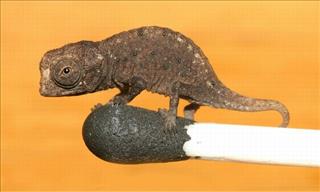
20 Animals We’ve Just Discovered in the Past Decade
Of all the animals discovered during the 2010's, these 20 are the coolest, starting with a tiny chameleon and ending with a really creepy wasp

These 24 Gems and Minerals Will Take Your Breath Away
Nature is such an incredible thing, and this applies just as strongly to the gems and minerals it forges. Here are 24 of the most beautiful gems and minerals.

In Photos: 15 Ways Crows are Smarter Than You Might Think
Crows may be much smarter than we ever realized.
 11:02
11:02
Immortal Animals: The Creatures That Can Live Forever
Plenty of creatures on planet Earth can live almost forever. Let's meet a few of them...
 4:08
4:08
This Elephant Rescue Story is Sure to Melt Your Heart
The Sheldrick Wildlife Trust does amazing work at rescuing orphaned elephants and preparing them to live back in the wild. This video is sure to warm your heart

See Colorful Butterflies in Gorgeous Detail
We present you with our most beautiful photo galleries of butterflies and moths all in in one page.

We Bet You Don't Know How Your Favorite Foods Are Grown!
Ever wondered how peanuts grow? Or what cocoa actually looked like before it was harvested? Well, you've come to the right place!

20 Animals We’ve Just Discovered in the Past Decade
Of all the animals discovered during the 2010's, these 20 are the coolest, starting with a tiny chameleon and ending with a really creepy wasp
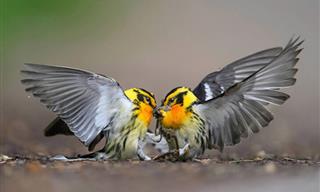
Spectacular Winners of the 2024 Audubon Photography Awards
Meet the spectacular winners of the 2024 Audubon Photography Awards.
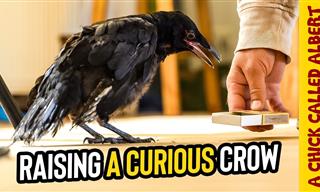 9:47
9:47
Smart Crow Forms a Special Bond With the Man Who Saved Him
Watch how a crow who lost his home in a storm found a helping hand through a human family.

The Wildest Things You’ve Never Seen in Nature (16 Pics)
These photos redefine how we see the natural world.
 18:56
18:56
15 of the Most Gorgeous Snake Species Around the World
Snakes can be so fascinating and yet so beautiful. Take a look at some of the most gorgeous ones on our planet.

These Are the Best Photos of Horses That You'll Ever See!
Iceland is a place that is full of beauty...even the horses are absolutely majestic. Take a look!

12 Beautiful and Very Rare Bonsai Trees
Feast your eyes on these 12 stunning bonsai trees. You may even learn a thing or two about growing them along the way. Enjoy!

Gaze in Wonder at These 35 Amazing Photos of North America
North America has so much wonderful natural variety that it's easy to see why many believe it was blessed by God himself. Here are 35 amazing photos.
 14:58
14:58
We Bet You Didn’t Know These Cute Mammals Were THIS Smart!
These two cute and fluffy mammal species are so intelligent. We are impressed, and you will, too!

Brighten Up Your Garden with These 7 Beautiful Flowers
Brighten up your garden by adding some of the best and brightest flowers around!

These Orchids Look Like Anything Else Other Than Flowers
Orchids are some of the most unusual flowers in nature. As you'll see in this next post, there's a lot of them that don't actually look like flowers at all...

You Don’t Always Have to Venture Out to See Cute Animals
Sometimes, nature comes to us. Check out these unexpected animal encounters!
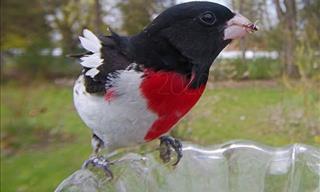
A Woman's Backyard Receives Many Beautiful Bird Visitors
Ostdrossel makes different items using candid photographs of beautiful birds captured on her backyards feeder cam
 15:12
15:12
Meet the Most Amazing Architects of the Animal Kingdom
Take a look at some of the weirdest and most wonderful bird nests from the animal kingdom.
 19:36
19:36
15 Unusual Flowers Across the Globe
Did you know that there are flowers that attract prey or those that look like insects? Learning about these unique flowers is a mind-boggling experience

Touching Photography of Animals From All Around the World
Photographers set out to nature all over the world to show us an intimate view of animal life in the wild.
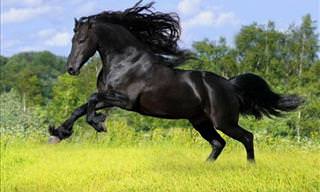
These Horses All Have the Most Amazing Hair!
These horse breeds all have an amazing hair! Enjoy getting to know some of the world's most beautiful horse breeds, along with some facts.

The Fascinating Origins of 11 Lovely Flower Names
There is no better time than spring to dive headfirst into the fascinating world of flower name etymologies! Here are the origins of the names of 11 lovely flowers.

16 Breathtaking Images of Our Planet's Natural Wonders
Take a look at these 16 incredibly well-timed photos of some of our planet's most spectacular natural wonders.
 11:54:56
11:54:56
This Incredible Documentary is Nature You Can Leave On
This 11-hour-long documentary is beautiful throughout its length, and can be a wonderful "background video" to put while you do other things and want to enjoy some beauty and the sounds of nature.
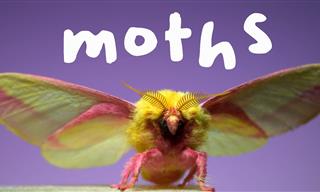 5:24
5:24
Watch These Colorful Moths Fly in Exquisite Slow Motion
In this video, a talented photographer used slow motion to show us the most beautiful moments with colorful, fuzzy moths.

Gallery: 2024 Natural Landscape Photography Winners!
Check out the amazing winners of the 2024 Natural Landscape Photography Awards.
 19:12
19:12
Dads of the Wild: Animal Kingdom's Paternal Protectors
These animal fathers show unwavering dedication.

These Exotic Flowers Are Just Plain Beautiful!
Many of us have a favorite flower, but we're always left in awe when we're in the presence of a really rare one. Take a look at this wonderful bunch.

All Dogs Are Loyal, But Which Breeds are the MOST Loyal?
Dogs have been man's best friend for millennia now, but there are some breeds that exhibit traits of undying loyalty. Here are the top 10 most loyal dog breeds.

This Article Will Clear Up Any Misconceptions About Dogs
There are numerous misconceptions concerning the best ways that we should interact with dogs. This post will definitely clear everything up.
 7:15
7:15
Weird and Wonderful Nature: The Mexican Mole Lizard
This unique reptile challenges our understanding of lizard anatomy.
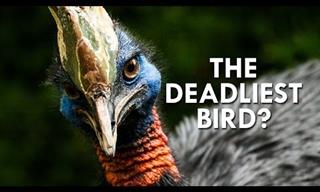
Video Box: Teaching about Animals Through Humor and Art
Interesting and entertaining videos about animals with illustrations.
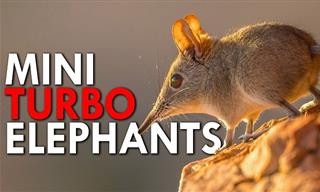 8:04
8:04
Meet the Sengi: Tiny, Fast, and Full of Surprises
Discover the curious world of the fast and cute, sengi!
 7:58
7:58
Beautiful Nature Moment: Puffin Goes Hunting For His Chick
Watch how one puffin flies 50km (30 miles) out to sea to find fish for his chick. On the way, he must evade other birds that could rob him...

16 Award-Winning Photos That Capture Birds in Action
Check out the outstanding winners from the SINWP Bird Photographer of the Year 2024 competition.

Prepare to Witness the Majesty of Mother Nature!
If you love nature even half as much as I do, then this stunning collection of photographs is bound to take your breath away, and leave you gasping for more!

Nature Always Finds a Way – 13 Powerful Pics
Enjoy these amazing pictures showing the power and beauty of Mother Nature.

10 Facts About the Power of Trees That Will Blow Your Mind
Trees are silent and harmless - but these facts are just about to twist this round! Read about the magnificent things you didn't know about trees.
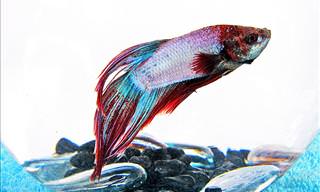
When it Comes to Beauty, These Fish Are Top of the Class
Here you will find 10 of most beautiful freshwater fish in the world. These fish will more than brighten up your freshwater aquarium.
To enable your Ad-Free Subscription, please fill the fields below
Your subscription was successful, now you can enjoy an ad-free experience!! Note: To make sure you get no ads, please make sure to log in to your account. If you are logged in already, then refresh the page. The subscription can be cancelled at any time.


